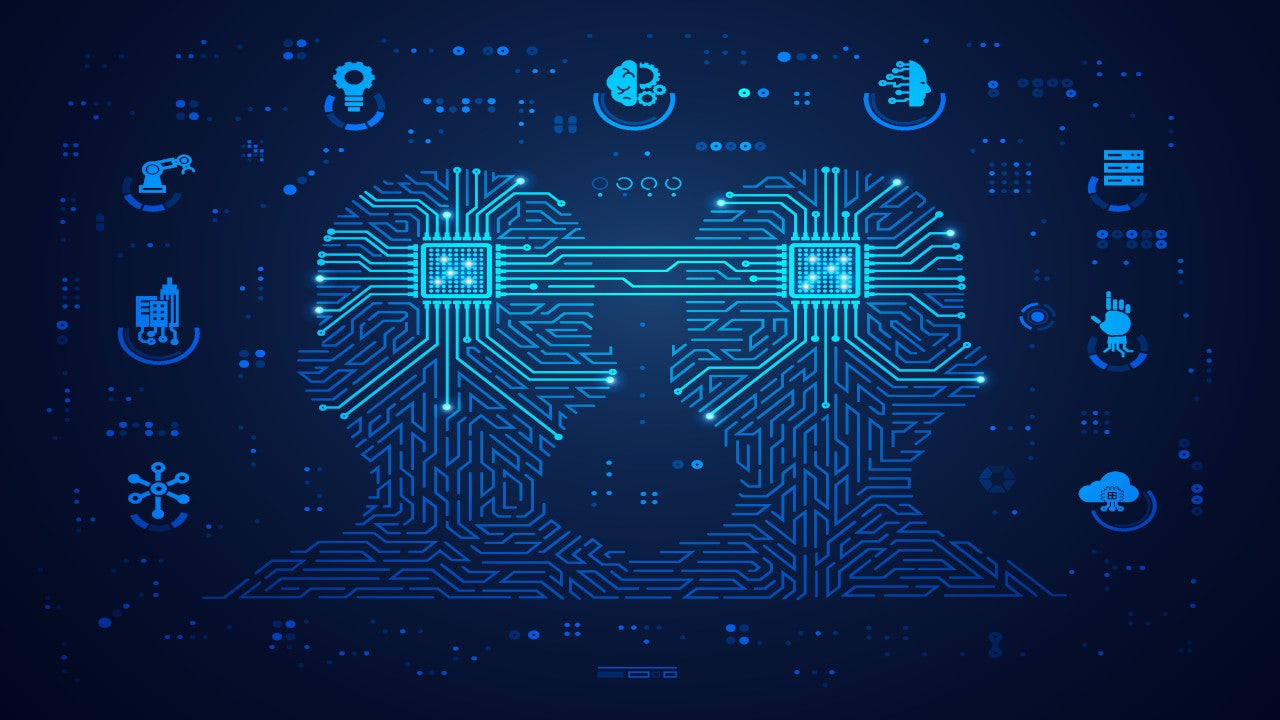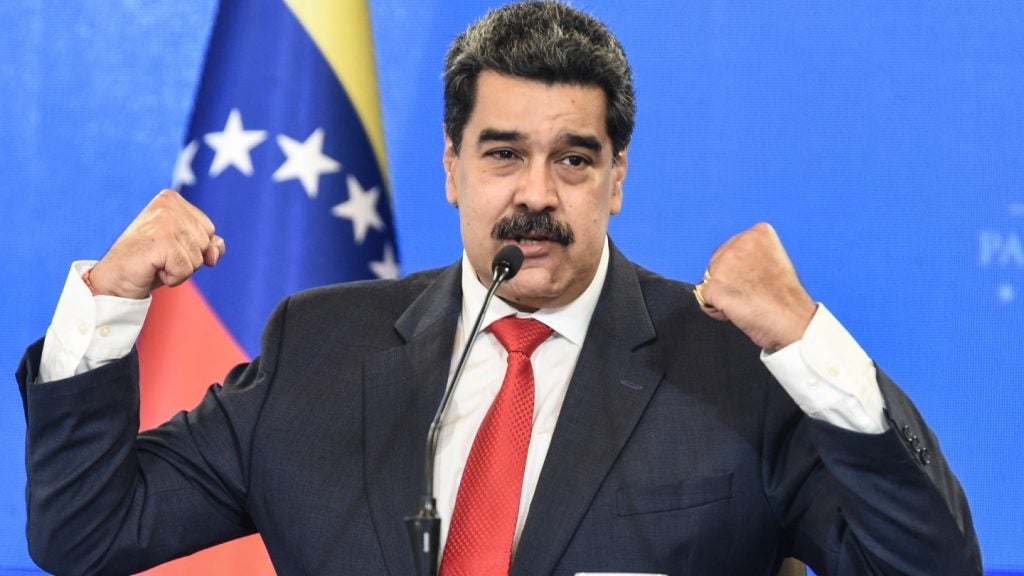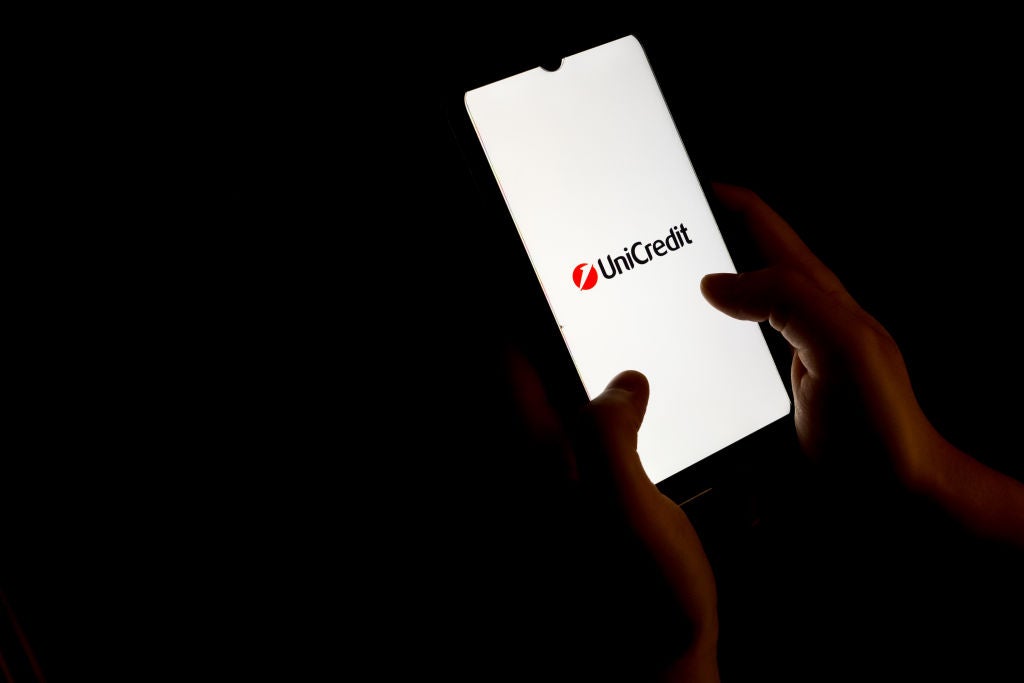The initial spark for digital twins’ development came in 1970 when NASA used mirrored systems to rescue the stricken Apollo 13 space mission. The next major development came 33 years later when American professor Dr. Michael Grieves discussed the idea of digital twins in a university course.
Timeline
Listed below are the major milestones in the journey of the digital twins theme, as identified by GlobalData.
1970 – NASA used mirrored systems – a precursor to digital twins – to rescue the Apollo 13 space mission.
1999 – Kevin Ashton of Procter & Gamble coined the term Internet of Things (IoT).
2003 – Dr. Michael Grieves discussed the idea of digital twins in a university course on product lifecycle management.
2010 – Sensor prices started to drop.
How well do you really know your competitors?
Access the most comprehensive Company Profiles on the market, powered by GlobalData. Save hours of research. Gain competitive edge.

Thank you!
Your download email will arrive shortly
Not ready to buy yet? Download a free sample
We are confident about the unique quality of our Company Profiles. However, we want you to make the most beneficial decision for your business, so we offer a free sample that you can download by submitting the below form
By GlobalData2010 – The concept of the digital twin was named by John Vickers of NASA in a 2010 Roadmap Report.
2013 – Cloud computing gained sufficient traction to support the adoption of digital twins.
2014 – Stanford University and Hewlett Packard Enterprise (HPE) collaborated on an integrative simulator for human heart function.
2014 – Singapore launched a $54m plan to create Virtual Singapore, a dynamic, 3D digital model of the city.
2016 – Wind farm company Arctic Wind used digital twins to track maintenance needs on wind turbines.
2017 – The Centre for Digital Built Britain (CDBB) was launched to support the use of technology in UK construction.
2017 – Huawei’s digital platform for smart cities included an idea for a city digital twin.
2018 – CDBB launched Gemini Principles to build a consensus for the development of a UK National Digital Twin.
2018 – Singapore announced the completion of the Virtual Singapore digital twin project.
2018 – Lloyd’s Register highlighted digital twins’ role in its assurance framework for the marine and offshore industry.
2018 – Futurist Thomas Frey predicted that, by 2022, 85% of IoT platforms would include digital twin monitoring.
2018 – UK engineering and tech bodies hold a National Digital Twin Day to drive digital twin collaboration.
2019 – BP told an offshore technology conference that digital twins had helped it save billions of dollars.
2019 – Object Management Group, ANSYS, Dell, Lendlease, and Microsoft launched the Digital Twin Consortium.
2020 – Sidewalk Labs unveiled a digital twin of a 35-storey timber building for its planned Toronto smart city.
2020 – In Australia, the New South Wales government launched a spatial digital twin of Western Sydney.
2020 – The US National Institute of Standards and Technology published a framework for digital twin in manufacturing.
2020 – The US presidential science council highlighted the importance of digital twins in factories of the future.
2020 – CDBB launched a report exploring digital twins’ role in creating an information management framework.
2020 – Sidewalk Labs scrapped its planned Toronto smart city development.
2021 – Estimates suggest that by 2021 half of all large industrial companies will use digital twins.
This is an edited extract from the Digital Twins- Thematic Research report produced by GlobalData Thematic Research.







Related Company Profiles
BP Plc
Microsoft Corp
Dell Technologies Inc
ANSYS Inc
Lendlease Corp Ltd